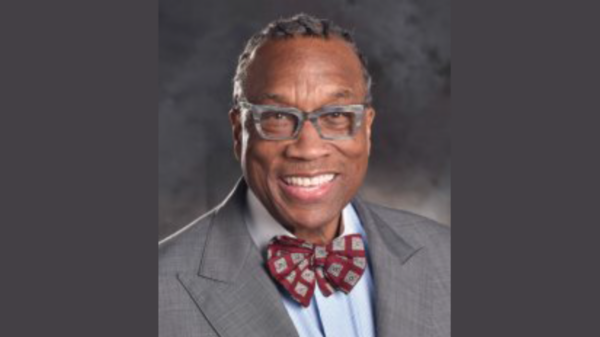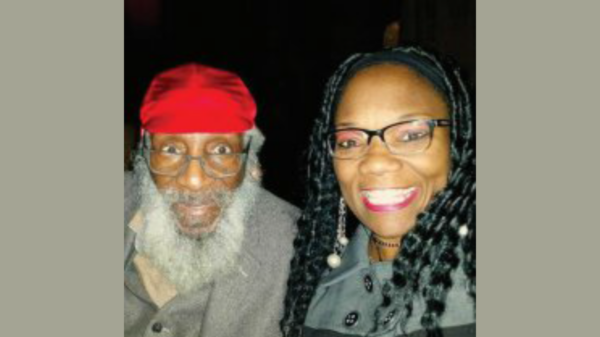By Yoonji Han
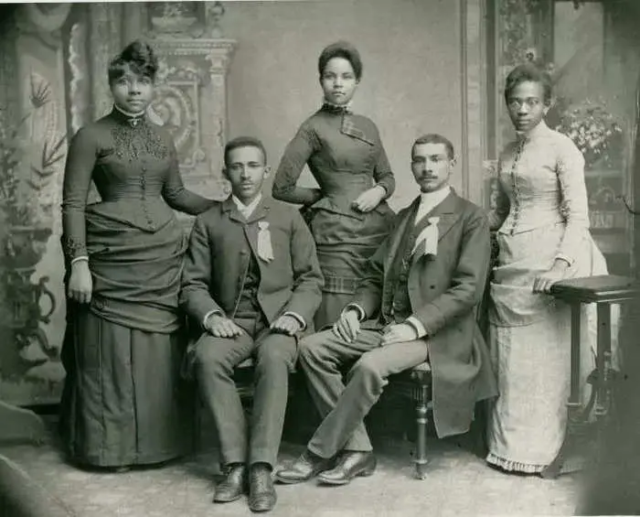
- The Gilded Age was a period toward the end of the 19th century marked by rapid economic growth and prosperity.
- Just a few years after the Emancipation Proclamation was signed in 1863, the Gilded Age ushered in a Black aristocracy.
In a letter published in the April 22, 1852 issue of the Frederick Douglass Papers, someone known only by the pen name “Ethiop” observed: “Quite a combination of enterprising Blacks are beginning to appear.”
“They begin to take their places in every pursuit about town and country; and as their thoughts and sympathies partake of their varied and independent occupations, they naturally form an active and efficient business class. I call it an ARISTOCRACY,” Ethiop declared.
The observation signaled the emergence of a new Black elite in New York City, which bloomed in full force during the Gilded Age — a period toward the end of the 19th century marked by rapid economic growth and prosperity.
The HBO show “The Gilded Age,” which recently premiered its second season, captures the clash between Manhattan’s old and new money. It also gives viewers a glimpse into the world of wealthy Black Americans previously overlooked in history.
“The Black elite of the Gilded Age signaled that we too have taste. We too have education. We are like other citizens,” Carla Peterson, historian and author of “Black Gotham: A Family History of African Americans in Nineteenth-Century New York City,” told Insider.
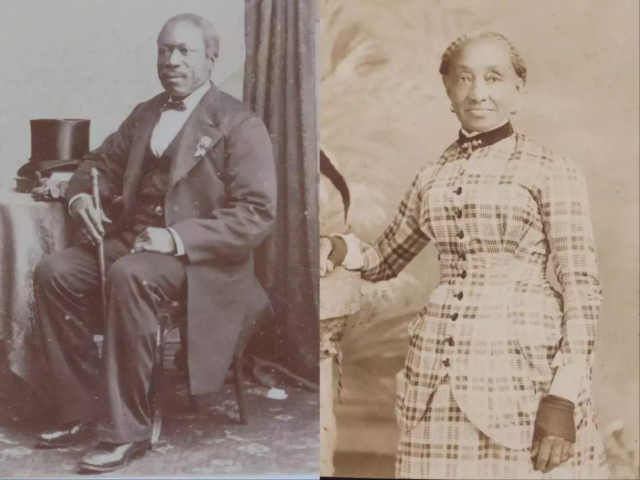
Becoming the elite
Just a few years after the Emancipation Proclamation was signed in 1863, the Gilded Age ushered in a Black aristocracy, made up of Black Americans who managed to amass wealth they’d previously been barred from.
Industrialization and the railroad boom opened up business opportunities across the US. Many of the Black elite were made up of the “shopkeeping aristocracy” who owned retail and grocery stores and pharmacies, according to Peterson.
“After the Civil War, there was an incredible explosion of modern industry, technology, and science, which fueled the money that makes the Gilded Age,” Peterson said. “Black families of wealth emerged in this context.”
Thomas Downing, the son of formerly enslaved parents, moved to New York City and became a savvy businessman who popularized oysters, which had once been considered common food. In 1825, he opened the upscale Thomas Downing Oyster House — a restaurant so popular that Downing was nicknamed “the “New York Oyster King.”
Downing was one of the wealthiest people in New York City at the time of his death in 1866, even though he was prohibited from acquiring US citizenship until the Civil Rights Act of 1866 was passed, just one day before he died.
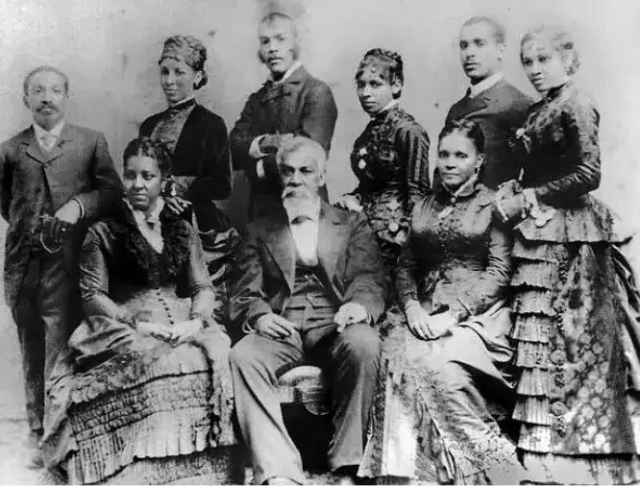
There was also Pierre Toussaint, who was born a slave in Haiti and was eventually freed in New York City. He became a highly sought-after hairdresser among the society’s upper crust, and used his new wealth to support orphans and immigrants gain education and employment.
Black women also gained financial and social power. Mary Ellen Pleasant became a self-made millionaire after she moved to San Francisco, following the glimmer of the California Gold Rush. While she worked as domestic help, she listened to the wealthy men she served as they exchanged information on making proper investments and managing money.
Pleasant used that knowledge to buy up boarding houses, laundromats, restaurants, and Wells Fargo shares, becoming a famous figure in San Francisco.
Education as key
Money alone didn’t grant access to the upper echelons of Black society. In addition to having “character” and “respectability,” the Black elite emphasized both education and hard work as core values, according to Peterson.
“Since Blacks came to this country, education has always been number one,” Peterson told Insider. “There is a belief that if you had ambition, you could do anything you wanted. And ambition started with education.”
On February 25, 1837, Quaker philanthropist Richard Humphreys founded the first HBCU in the country, the African Institute — now Cheyney University — in Pennsylvania. The majority of HBCUs originated from 1865 to 1900, the period following the Emancipation Proclamation.
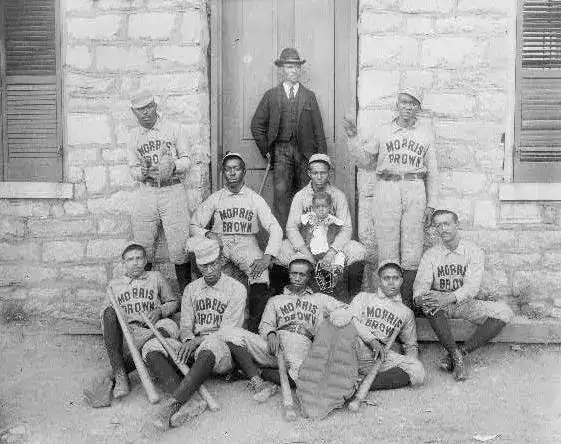
Education was key to unlocking the skills to become a doctor or pharmacist, and also led to a flourishing of interests in humanities and the arts, according to Peterson. Scholars like W.E.B. Du Bois advocated for the need for an educated class.
“The Negro race, like all races, is going to be saved by its exceptional men,” Du Bois wrote in his essay, ‘Talented Tenth.”
Prevailing inequities
Not everyone lived lavish lifestyles. The Gilded Age was also notorious for having the most significant wealth inequality in American history. The vast majority of workers, especially Black Americans and immigrants, faced extreme poverty and harsh working conditions in factories.
“Chattel slavery is dead, but industrial slavery remains,” economist and New York mayoral candidate Henry George said in 1886.
Even those who did manage to gain wealth faced pervasive systemic inequities. White society largely viewed Black Americans as “a homogenous mass of degraded people,” according to historian Willard B. Gatewood in his book, “Aristocrats of Color: The Black Elite.”
“Even exceptional Blacks were considered inferior to whites,” Gatewood wrote.
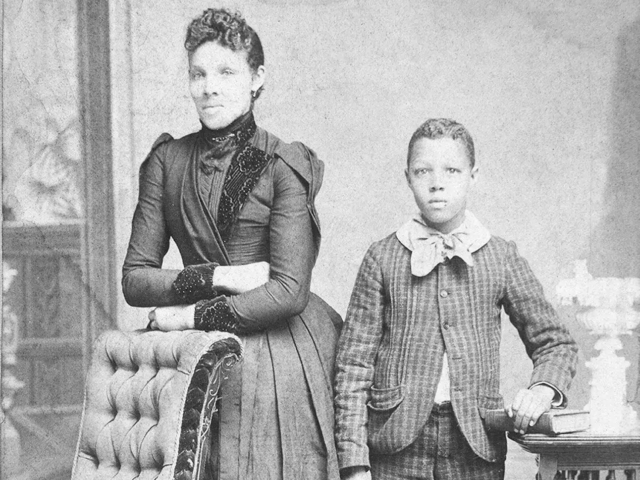
But there was also a “certain amount of cooperation and interracial alliances between Blacks and whites,” Peterson told Insider, describing how professional relationships enabled Black Americans to climb the ranks within businesses. She also pointed to the King’s Daughters, a nationwide charity organization where white and Black women worked together to help those in need.
Peterson said the emergence of the Black elite is inextricably tied to the burgeoning political and social activism in the 20th century, as exemplified by the 1909 founding of the National Association for the Advance of Colored People, the political magazine The Crisis, and the Harlem Renaissance.
“None of this could have happened without having had the 19th century Black elite,” Peterson said.






